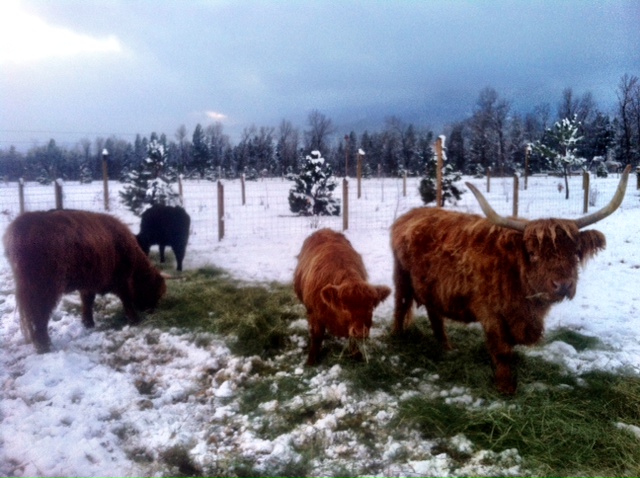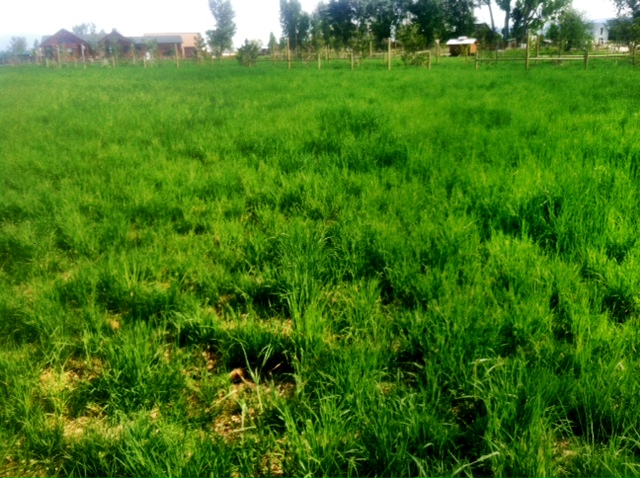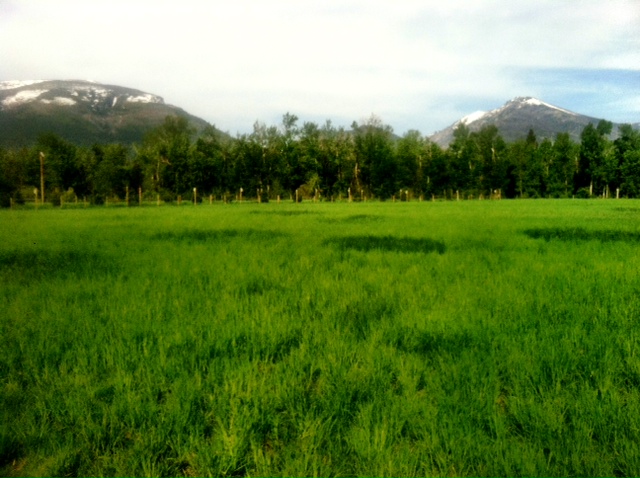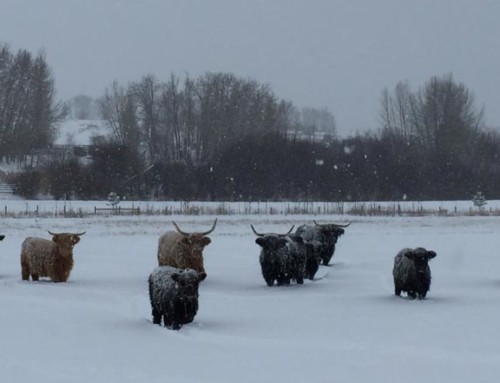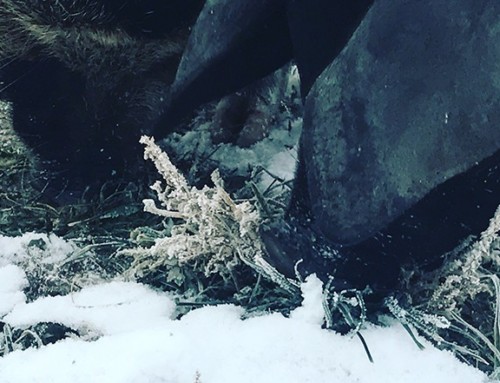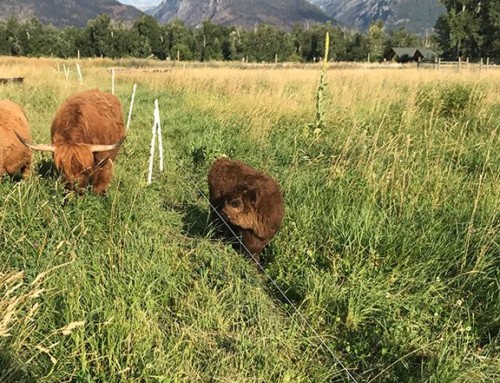As we have previously shown in past blogs and videos, we are trying a lot of various techniques and methods to regenerate the place we call ABC acres. We must try different techniques to move in a new direction from agricultural and resource use practices that degrade and lose topsoil, put chemicals into the soil, air, water, and food we eat, and degenerate our natural resources leaving our future generations with problems they did not create. A lofty task, to be sure, but one worth throwing ourselves into with humility and a teachable spirit.
With that said, we understand we must make an assessment of how our new land management practices are performing. In doing so, we employ the permaculture principle of, “apply self-regulation and accept feedback.” I have mentioned this principle on occasion before, and my redundancy is not by accident. It is vitally important to always be following-up and monitoring the results of our interaction with what we are doing, learning through the observations, and then making note of how to improve our practices, or potentially apply the same technique in another way due to promising initial results from our trials.
A good example of this feedback cycle can be illustrated through our pasture restoration practices we tried over the winter and early spring, with our main efforts going into various forms of bale grazing and nutrient cycling through spreading manured bedding from our goat barn and chicken coops into the bare spots in our pastures. Now that spring has sprung in its flushes of green grasses and first blooms, it is a good time to check in and assess the results of our previous management, taking an objective look at them to assess if our labors will be vindicated by the results.
For the most part, we are very pleased with what we are seeing. New growth where there was once bare soil, healthier grasses where we trialed our techniques, and better soil moisture retention in the same areas compared to where we didn’t bale graze or waste stream nutrient cycle were some of the main benefits we observed. In monitoring all of our pastures on ABC acres this spring, the sections where we trialed these methods are certainly taller, thicker, and more lush than anywhere else. We are encouraged to know that using these techniques over the slower winter months can set up our pastures for health and vigor for the coming season, which will lead to healthier livestock, and ultimately a healthier home planet for healthier people.
Blessings,
Grant

